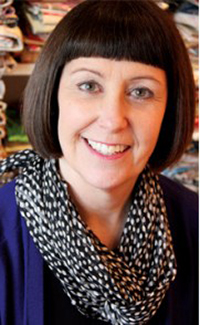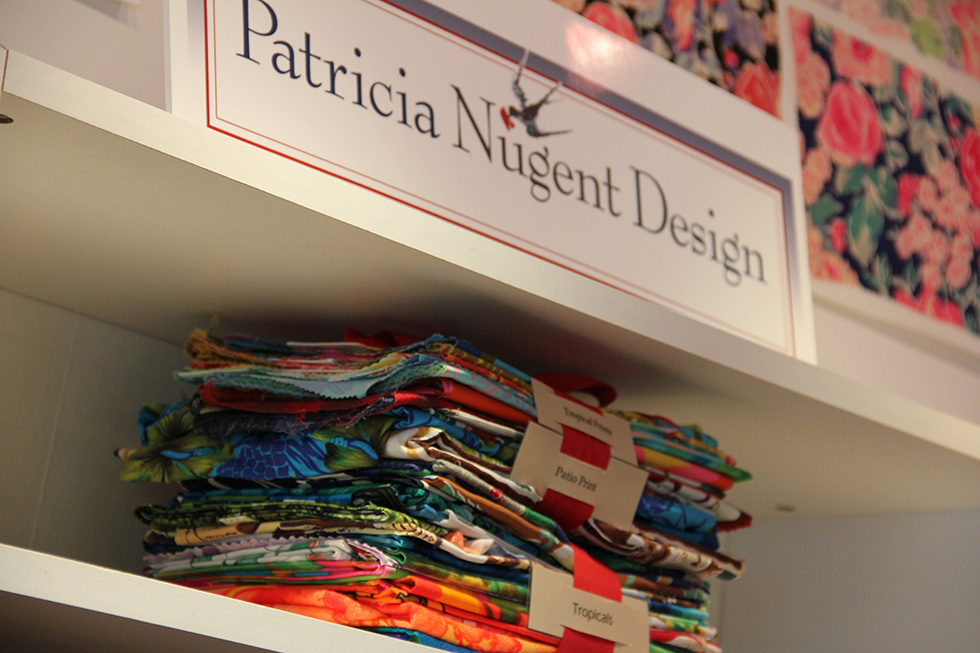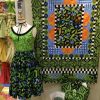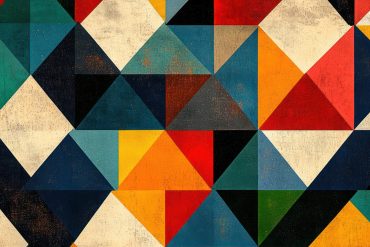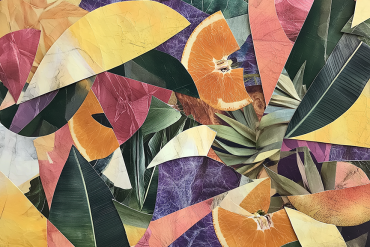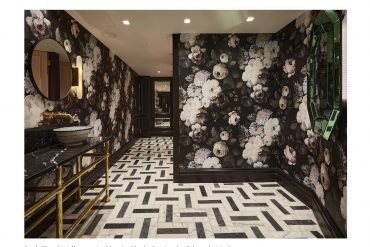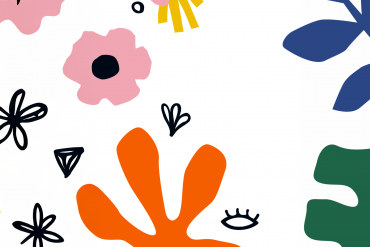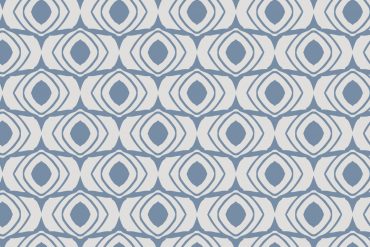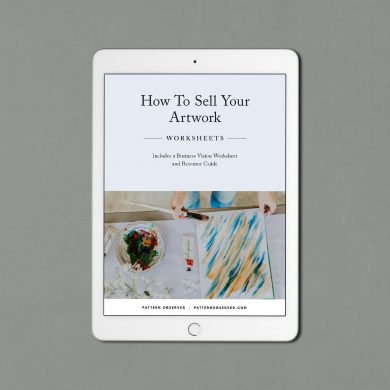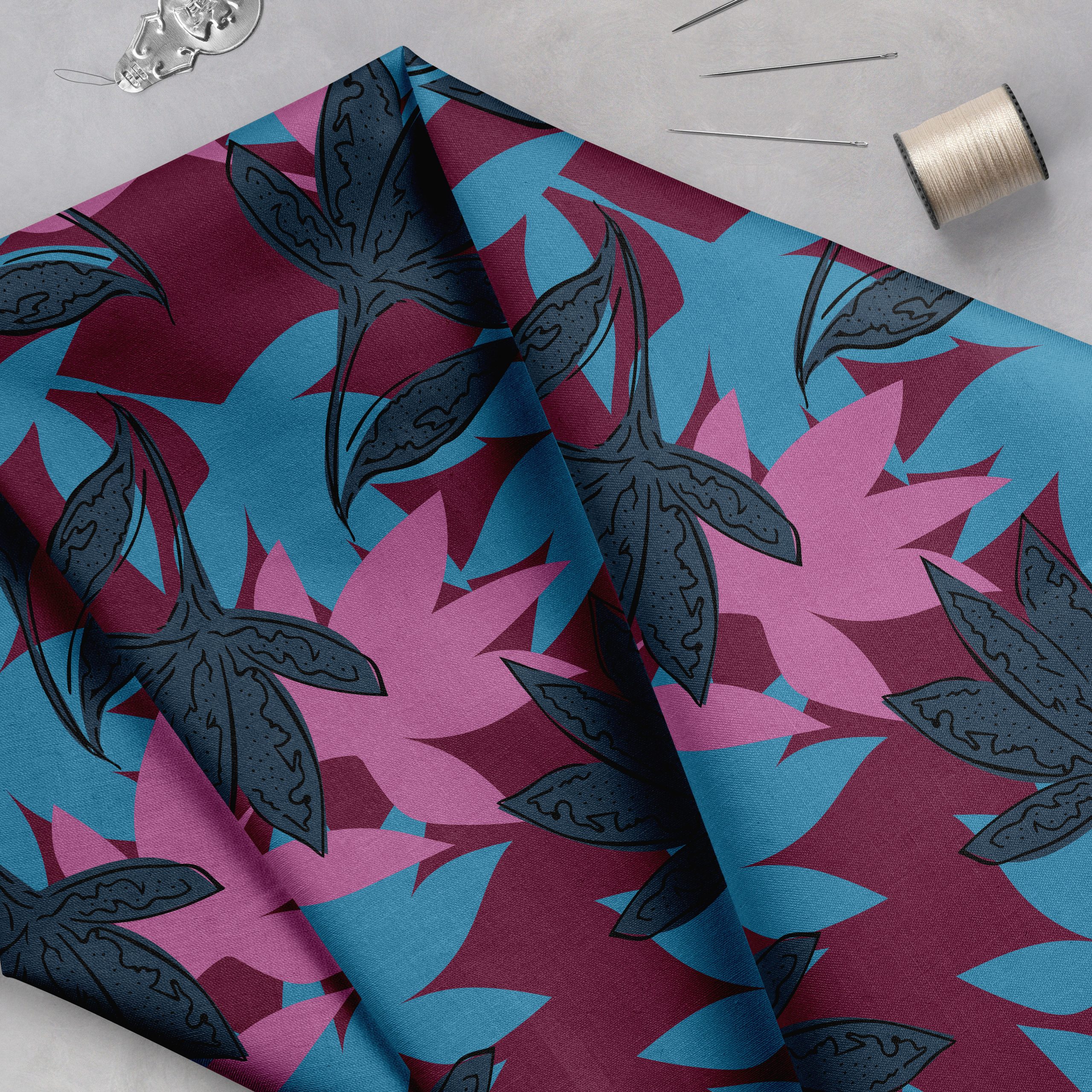Pat Nugent is the founder and president of Patricia Nugent Design & Textiles, and a fashion and vintage textiles expert. She brings decades of international experience offering design inspiration for brands of all sizes, in categories including men’s, women’s and children’s apparel, as well as home and gift products. We are thrilled to have her join us in The Textile Design Lab as our guest expert for the month of July!
Today we are sharing an excerpt from Pat’s full interview posted in The Lab, in which she offers her views on the key to designing a successful pattern collection, the joy of working with antique and vintage textile designs, and more. Join The Textile Design Lab today to gain access to the rest of the interview, as well as Pat’s free training on marketing and sales concepts which will be posted exclusively for Textile Design Lab members later this month. Enjoy!
Tell us a bit about your design background/career path. What drew you to the textile industry, and specifically antique and vintage textiles?
Looking back on things now, it is logical that my hobbies of design, art and sculpture blended with my love of apparel and textiles in my formal education. Then all of these lead beautifully — after many years in the industry — to the antique and vintage design business called Patricia Nugent Design and Textiles.
My business is an amalgam of businesses of which I was a customer and that I eventually purchased. I understood from the Designers viewpoint how the business of design inspiration needs to work and about the opportunities antique and vintage design and textiles offered.
When I was in the second grade my mother encouraged me to sew on her then brand new Singer sewing machine. She taught me how to use all the attachments and stitches in order to make it fun for me. She helped me select fabrics for skirts and dresses after I mastered tote bags, table mats, bedspreads and curtains.
I loved the sculptural effect of making a two dimensional fabric become a three dimensional garment or home furnishings piece.
In High School I was part of a commercial sewing program and the DECA program (Distributive Education Club of America) which was a club to learn about retailing, operating a business and so on. So even before I went to college it was all coming together to follow a career path in the Textile and Apparel Industry.
At the University of Washington I majored in Clothing and Textile Design. This was more academic and lab oriented so my fifth year of study was at the Modeschule der Stadt Wien (Fashion School of the City of Vienna). My program of study there was based much more on developing creativity and design.
In the past you have worked in-house and now run your own business. Could you talk about the differences and what designers should know when considering these two career tracks? What have you enjoyed about each, and what have been some of the challenges?
Basically, working “in house” means you are a part of a team that works together towards company goals. Owning a small, independent business means you may or may not be part of a team but the goals and success start and end with you.
My experience early in my career allowed me to learn the industry from top to bottom. Now students in Design Programs gain exposure to much of that through study and internships but the idea is to learn to be part of a team.
As I worked into larger companies where positions are logically more job specific then I was also able to hone my skills and experience to work into Senior Management in the sportswear business. One of the great pleasures of leadership and management work is to be the guide for talented people to excel in their work to achieve company goals.
Tell us about the “design packages” offered by your business. What’s included? How do you research the vintage textiles that would best suit your client?
Creating a custom Design Package for a customer is a primary service we offer. The customer’s project or brand is the guiding hand for us. We really have to know brands as best we can from the outside looking in. We spend time in the stores and on line to see as much of their story and product as we can. There is no substitute for being in the market place to see our customer’s products.
When I work with student surface designers who do not like to be in the market place (real or virtual) I wonder how they will understand the fine points of differentiation between brands. How will they spot trends coming? Trends in colors, fabrics and motifs all start with society and culture so a designer should be a student of them and of the brands they want to design for.
There is one color service I subscribe to because of how it is created. CAUS (Color Association of the United States) is created by a panel of industry professionals within each category (mens, women’s, kids, active and environmental design) who make it their business to understand what is coming color wise. It is forward as a result of that but always useful and effective.

- Work at your craft, what ever you choose it to be.
- Have a Point of View.
- Understand who you are designing for whether for a brand, a potential customer or yourself.
- Create a broad network of real people who you can learn from and who know you well enough that they will want to help you along the way.
- Give back to your network and to the design community.
Join us in The Textile Design Lab to read the rest of the interview!

